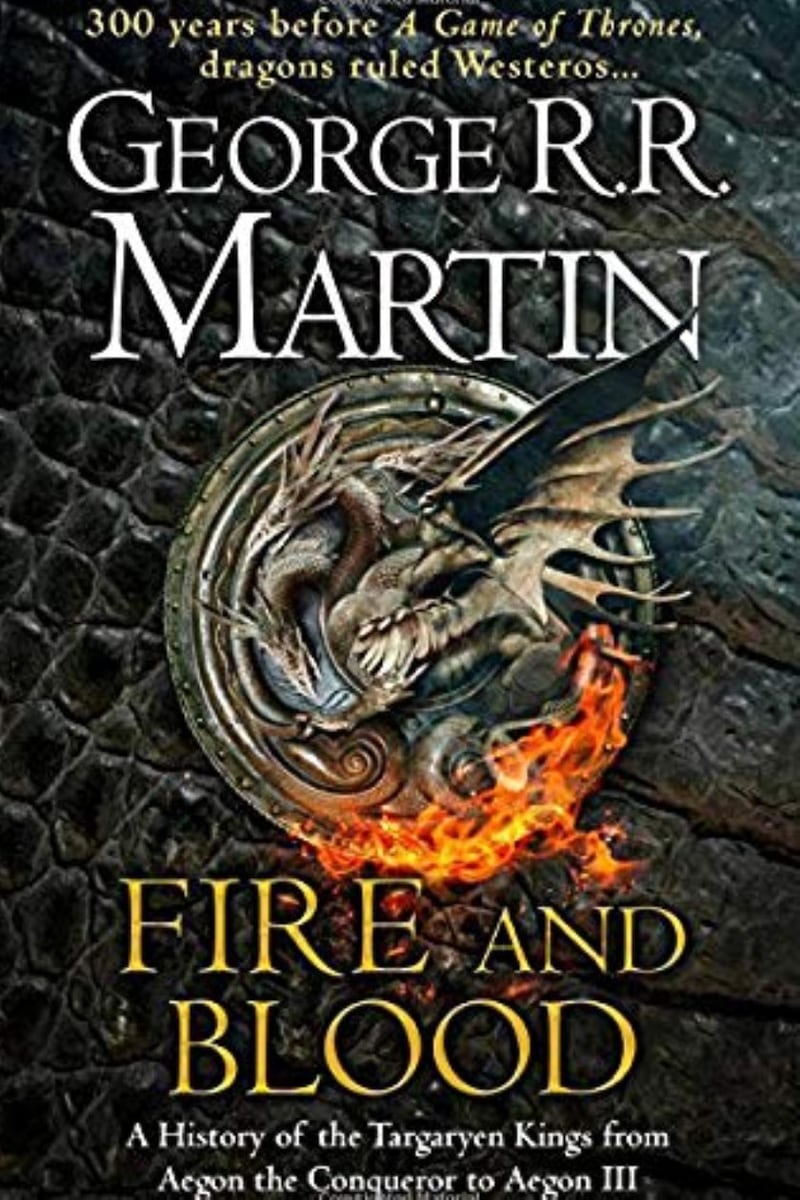It’s not often that a book by a celebrated author arrives with the writer on a publicity drive to not only justify the existence of the book, but to simultaneously warn some readers off it entirely. And yet this is the strange situation we find ourselves in regarding George RR Martin’s latest release.
For those not up to speed, Martin is the author of the hugely-successful A Song of Ice and Fire (ASOIAF) fantasy saga. Fans have been waiting seven years for the penultimate book in the series, and have grown increasingly frustrated with what they see as the author's procrastination, as he continues to work on other projects even though the TV adaptation of the saga, Game of Thrones, is set to conclude this summer.
It seems like deliberate trolling then to release a brick of a book that, while set in the same fantasy world of Westeros, is not actually part of the ASOIAF series, and isn’t a novel but rather an “imaginary history”, subtitled “A History of the Targaryen Kings from Aegon the Conqueror to Aegon III,” and inspired by Thomas B Costain’s four-volume history of the Plantagenets.

The book is actually just the first of two planned volumes covering the 300 years before the events of ASOIAF, and is purportedly written by Archmaester Gyldayn, an extremely unreliable narrator. Because the book is masquerading as an historical document the prose is (deliberately) dry and staid, and the events relayed are so dense that characters can live full lives in the space of a single paragraph. It’s hard to root for anyone as they rarely stick around long enough for us to get to know them. And this is the message Martin has been keen to get out to potential buyers – this is not a novel, so don’t come in expecting one.
For any fantasy fans on the fence about tackling this, a helpful yardstick exists: if you enjoyed JRR Tolkien's The Silmarillion, you'll like this. If not, steer clear. But while the parallels between the two books are obvious, it's worth remembering that when Tolkien presented his legendarium to his publisher, it was handed back to him, along with a helpful suggestion that he try to write a sequel to The Hobbit instead. That worked out well. It's surprising no one had a similar conversation with Martin.
And yet for all that, there's no questioning his genius for story. There are at least three chapters in here that are so packed with Machiavellian machinations, political intrigue and set-pieces that any one of them alone could be the basis for the next Westeros-based TV series. And Martin himself seems to be having fun. There's his usual pilfering from history, with characters clearly inspired by the deeds of William the Conqueror and Catherine the Great, and there's some japes with names (one family tree clearly taking inspiration from Sesame Street characters).
Fans looking for hints as to what will happen in ASOIAF will largely be disappointed. Martin loves to have his stories echo each other, but there are so many tales in here that it’s impossible to sort the hints from the red herrings. He does though seem to go out of his way at one point to make clear that a dragon-related event from the TV show that enraged some people cannot and will not be occurring in the books. Similarly a broad hint is dropped as to the identity of a “secret” Targaryen.
If that kind of thing intrigues you, buy the book; if not, wait until Martin gets back to writing novels. But do be prepared to wait.









